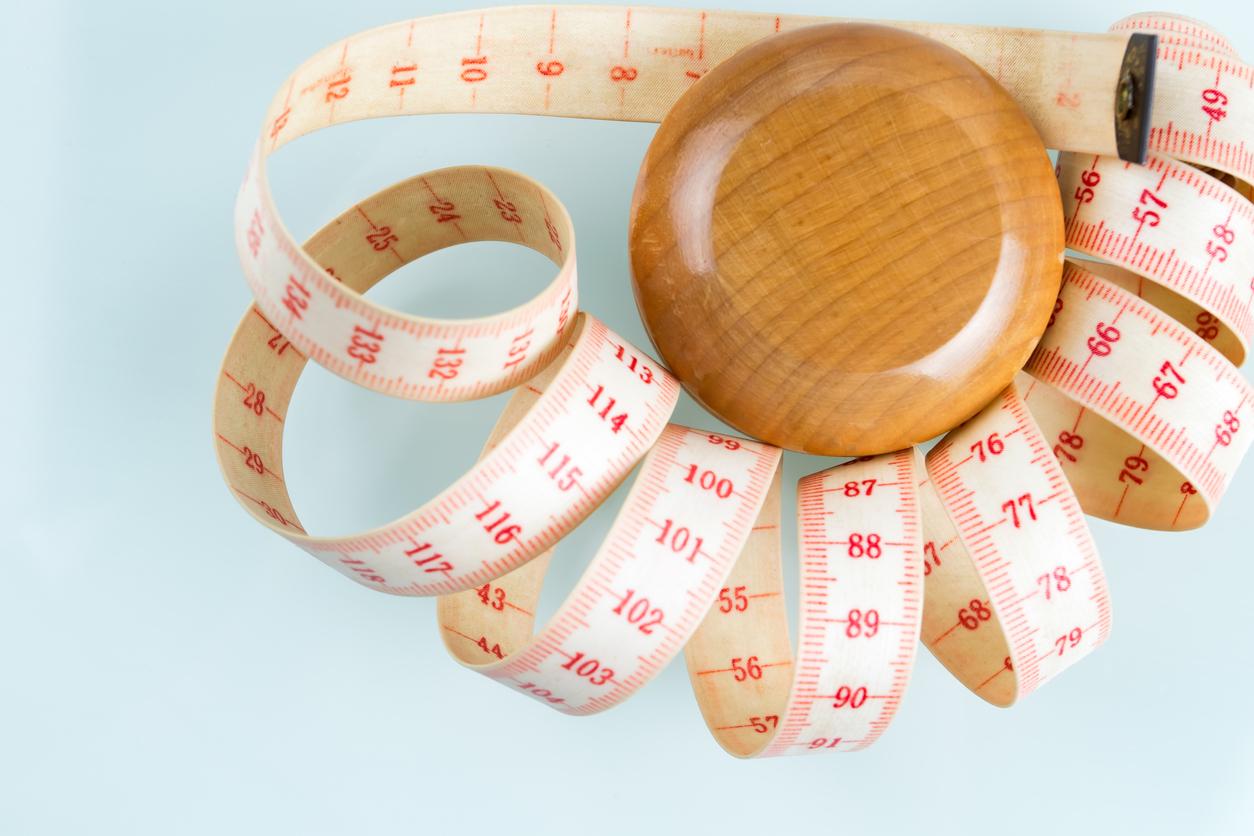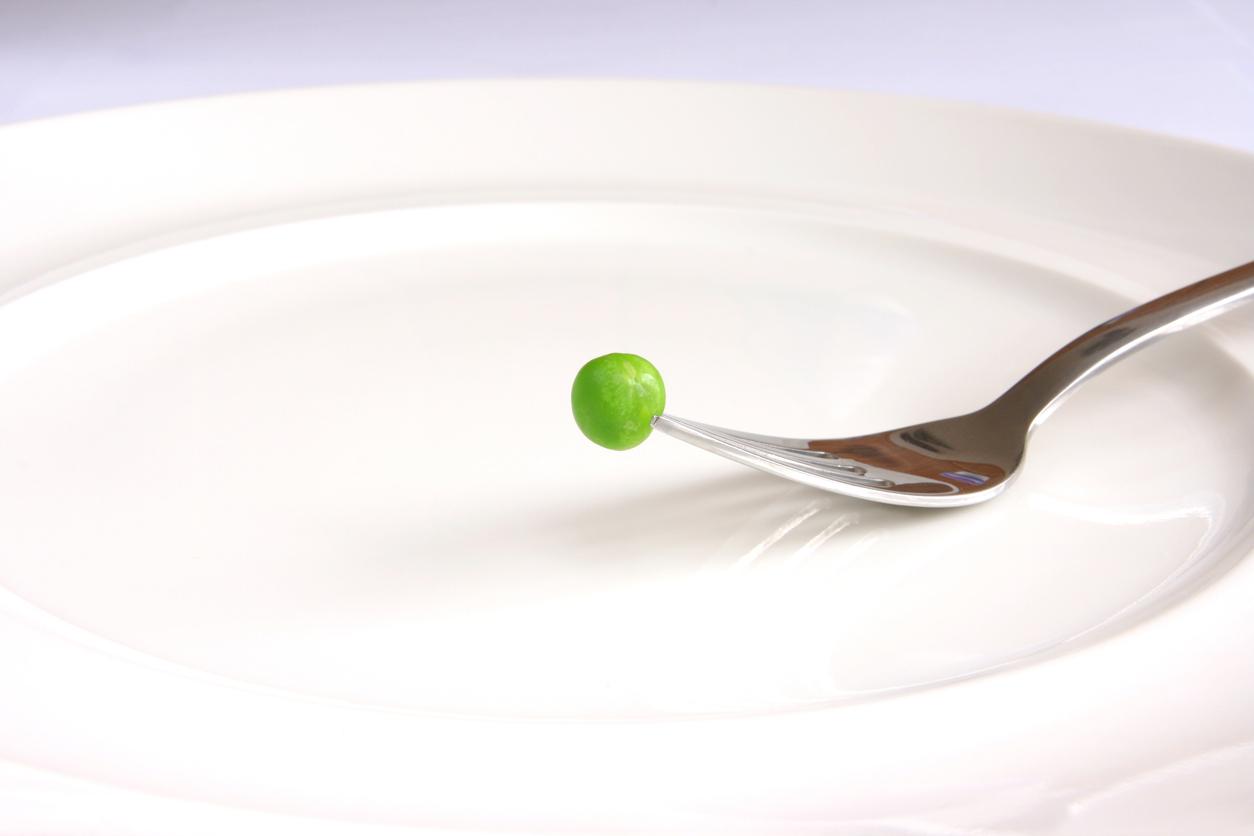While no food can claim to provide everything the body needs on its own, bread is probably the one that comes closest to the ideal food. Unfortunately, it is misled by its use with all the high-calorie foods: butter, cheese, cold meats, jam, etc.

- In terms of calories, 200 grams of bread, or two-thirds of a baguette, represents the same energy as 70 grams of pasta or 300 grams of potatoes.
- Bread, contrary to popular belief, has never made you fat. It’s what you put on it that can make the numbers on the scale go up.
- The daily doses that should not be exceeded are 350 grams for an adult man, or almost one and a half baguettes, one baguette for a woman, and half a baguette per day for toddlers.
Our brain needs 6 grams of a somewhat special type of sugar for energy per day. Bread is enough to meet these needs. Because the main element of bread is this sugar that we call slow because it penetrates very slowly into our blood to constitute a real reservoir of fuel necessary for our activity. In terms of calories, 200 grams of bread, or two-thirds of a baguette, represent the same energy as 70 grams of pasta or 300 grams of potatoes. It is also the equivalent of 50 grams of chocolate while being much less fatty. Athletes have understood this perfectly and consume it willingly because it contains very little fat, the other important characteristic that must be remembered. The list of beneficial properties does not end there. Thanks to its many fibers – particularly wholemeal bread – it aims to help the 15 million chronically constipated people in our country. Rich in proteins – which make up meat –, in vitamins and mineral salts, it now remains to define a reasonable daily dose.
But it is also the first enemy of regimes.
It’s stupid to think that! Bread, contrary to a persistent legend, has never made you fat. It has even become an ally of dieticians because with a very pleasant taste, it helps to calm hunger. However, in France, the problem is that we often use bread like a fork and we tend to forget what we put on it… in particular butter, jam… or rillettes. And there, the caloric addition can become impressive.
Bread every day
100 years ago, a French person consumed nearly a kilo of bread per day. But he moved much more than us, and above all, it was his main food. The average consumption today is 500 grams. This is excessive, apparently… The daily doses that should not be exceeded are 350 grams for an adult man, or almost a baguette and a half, a baguette for a woman, half a baguette per day for toddlers.
And whatever bread you eat, in any case, the main thing is to chew it well.
All breads are good
We must put an end to a myth: today’s bread is not as good as the bread of yesteryear. Even if the myth of white bread is hard to die and if the fashion is for a return to varied breads, more marketing than anything else, we must know that a good baguette is worth all the other breads. On the other hand, French law is very strict and only allows 4 additives in our bread:
- Vitamin C, not to enrich because it disappears during cooking, but because it accelerates fermentation and increases volume.
- Malt, which also increases fermentation and gives a better appearance when cooked.
- Soy lecithin to improve crumb quality.
- And finally, bean flour (never more than 1%) to whiten this crumb.
None of these additives are dangerous to health, just like calcium propionate, which is used to prevent pre-packaged bread from going mouldy.
Received idea
Let’s stop pretending that the crumb makes you fatter than the crust – it’s actually the opposite – and stop advocating for rusk as a diet food. What is a rusk if not bread without water – therefore just as rich – and what’s more, it required fat, sugar and milk for its manufacture.
In conclusion, bread is a very good food, distorted by its use with all high-calorie foods: butter, cheese, cold meats, jam… Bread, yes… Fork bread, absolutely no!
















